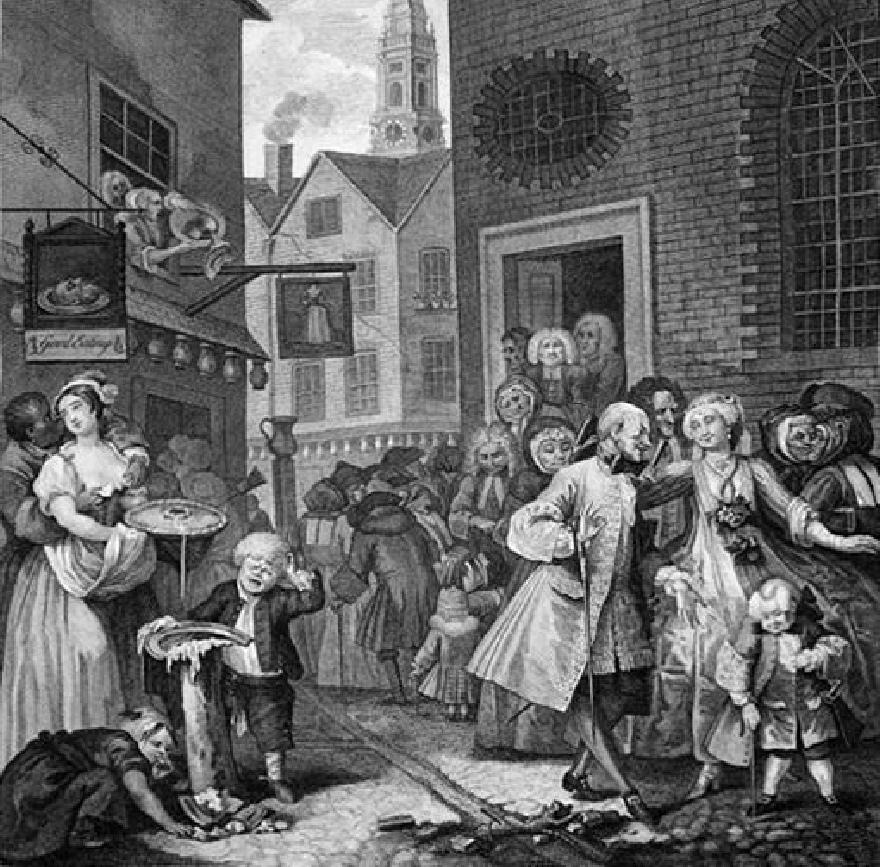The surname, Ducro, is of French medieval, and later Huguenot, origin and appears in various spellings including Du Cro, Ducro, Ducrow, Duckrow, Ducros, and Ducroq. Little is known about the Ducro family of this history, but as they lived in Spitalfields in London and counted silk weaving amongst their occupations. They were certainly descended from the French Huguenot silk weavers who settled in England from the seventeenth century, many of whom found their way to the east end of London. There were Ducros in London as early as 1611 when Michel Du Cro baptised his children at the French Huguenot Church on Threadneedle Street.
Most of these immigrants were artisans and poor weavers, forced to leave everything behind in France when they fled for their liberty and, in many cases, their lives. Once in Spitalfields, they took up employment for more prosperous masters, working in attic rooms, lit by especially enlarged long windows. However, by the late eighteenth century the silk weaving industry was in terminal decline and many of the merchant houses became multi-occupied with families living and working on the lower floors while weaving was carried on in the tall, well-lit garrets. The Ducros of this story were one such family.
The engraving above is by William Hogarth and dates to 1738. It contrasts the clothing and behaviour of a French Protestant congregation leaving church with the poverty, squalor and sexual immorality of other Londoners.


